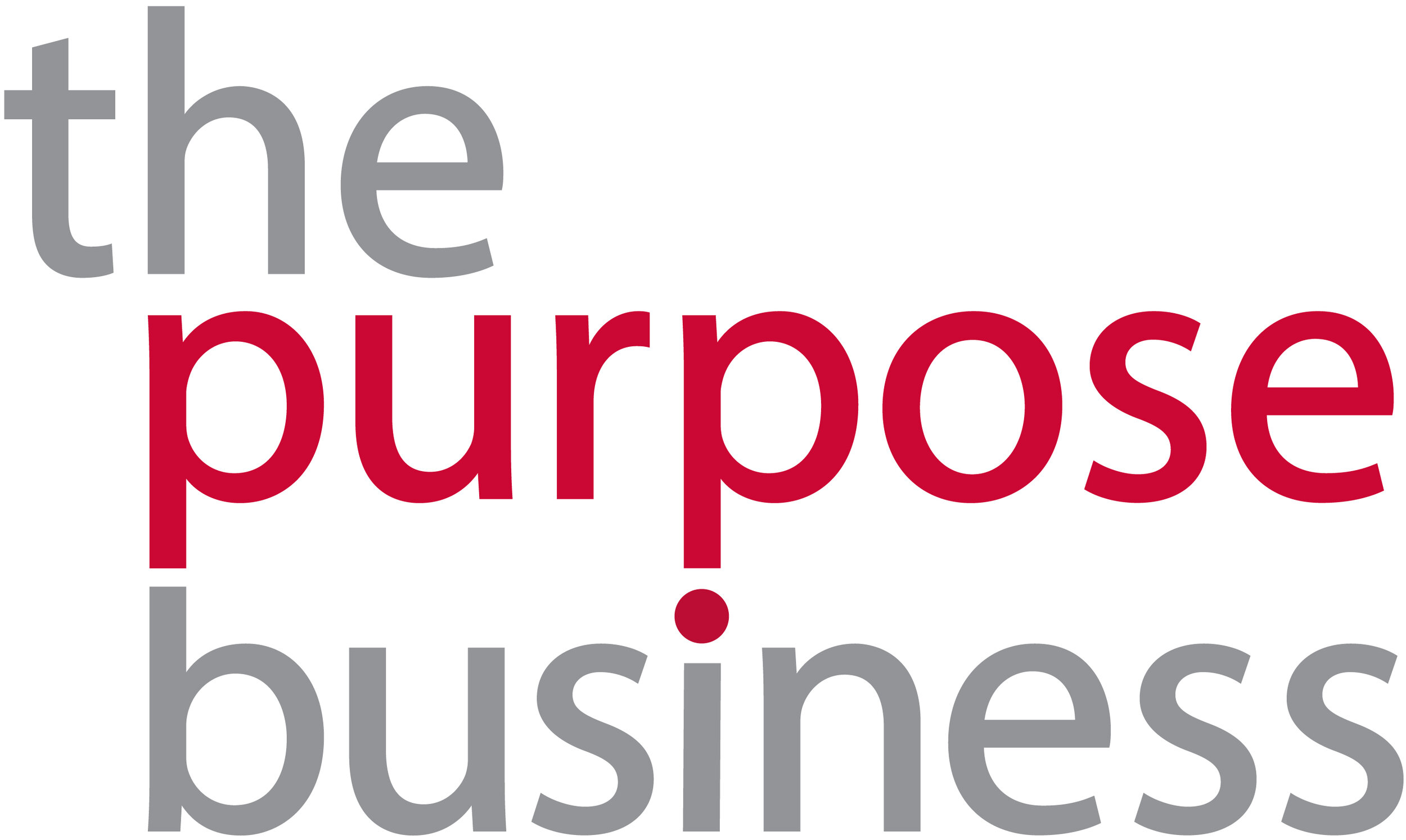No time for waste: Taking action on plastic pollution
There are growing concerns about single use plastic ending up in our waterways or oceans. These concerns are helping to highlight how disposable plastic is a symptom of companies product design not having to take into account of the full life cycle impact of their products, by passing on the responsibility for recycling of the product or its disposal to the customer.
Waste management in Hong Kong
We all know how useful plastic bottles are, but are we aware of the challenges of reusing or recycling plastic bottles? Looking at the journey of a single-use plastic water bottle in Hong Kong is one way of exploring the recycling and waste management situation.
Hong Kong has a superbly efficient system of collecting rubbish and moving it rapidly to one of two landfills. This efficiency means we don’t have litter bins overflowing on our streets and people don’t see the volume of waste created daily. However, the same efficiency does not seem to apply to managing the street side recycling bins, known commonly as the three colour bins, which often seem to be full or overflowing. What is also disappointing is that the recyclables that are placed by caring citizens next to full recycling bins are often cleaned up by the cleaners and placed in the rubbish. It doesn’t make sense that the 3,000 recycling bins are not managed better. We have around 42,000 rubbish bins that are emptied at least daily, while in some places recycling bins seem to be emptied only every 3-4 days.
Don’t get me wrong, it is still worth separating out your recyclables and placing them in government recycling bins. Doing so sends a clear message to the government that the community is using the bins and wants to see more done for recycling.
The fate of abandoned vs recycle bin plastic
Let’s look at what might happen if we don’t recycle a plastic drink bottle. One option is that the bottle could be abandoned carelessly. In this case there is a high chance that it could be blown or washed into our waterways before a cleaner can collect it. Once in a stream or drain, it invariably makes its way to the ocean where it will slowly break into small pieces that will either pollute a beach or become mistaken as food by fish or birds. Even if a cleaner does save the bottle, it would most likely be placed in the general rubbish rather than in recycling bins, as our street and park cleaners are not tasked with separating out recyclable items from the rubbish. One exception to this rule is the separation of aluminium cans as unlike low value plastic bottles, these are worth enough money for the cleaners to separate them. Once in the rubbish the plastic bottle will head to a landfill where it will stay for hundreds of years.
So what happens with a plastic bottle placed in the recycling? The bottle will be taken by one of the government contractors to a sorting facility. Most of the sorting facilities in Hong Kong use a low technology approach of manual sorting by people rather than automated sorting. Assuming that the plastic bottle has not become contaminated in the recycling bin with food or other sticky liquids the bottle will be washed then shredded. At this stage, depending on the recycling facility the plastic could either be shipped out of Hong Kong for further processing or it may be melted and turned into plastic pellets ready to be used straight away in the manufacturing of new plastic items.
Taking action
As you can imagine there are a lot of steps to ensure that the single-use plastic water bottle is recycled into a new item, so the easier option is to reduce the number of single use plastic water bottles that are used each day.
The first thing to do is to build awareness. Sharing items like the Journey of a Hong Kong plastic water bottle infographic is a great way to start the conversation.
Then try actions like encouraging your staff and customers to use refillable water bottles and can take advantage of the 100 litres of water provided free of charge daily to each household in Hong Kong (every four months households are allocated 12,000 litres of free water). With these savings made from buying water, people can easily afford a water filter (although keep in mind that the water supplied by the government to your house is actually safe to drink without filtering). If you offer free water refills to customers, you can join the like-minded venues on www.waterforfree.org website and app.
For your business, you’ll want practical steps and an efficient waste management strategy that’s built around your particular needs. And to make sure that the individual actions your staff and customers are taking, work together and make a difference.










